
Antoni Gaudí is Barcelona’s most important artist. Avoid disappointment and frustration. Ensure the success of your visit with an experienced professional. In addition to being a licensed guide, I am an art historian, architecture specialist, also part of the team of expert guides of the Sagrada Familia. Furthermore, I’m in love with Gaudí 🥰
Upon request
Archi tour
1-9 People
UNESCO sites
Do you want to know everything about Antoni Gaudí, his style, and its houses? If you are passionate about art, and especially architecture, you won’t want to miss any of these buildings, all of which have been declared World Heritage Sites by UNESCO. All of them are open to the public and you can combine them as you prefer as they are all in Barcelona, except the Colonia Güell church which is about 20 minutes away in the outskirts.
Choose from this list what you want to visit, and I will plan the most efficient itinerary and book all the tickets. Exterior and interior visits can be combined, according to your preferences. You only have to worry about enjoying and photographing the buildings of the great Gaudí.
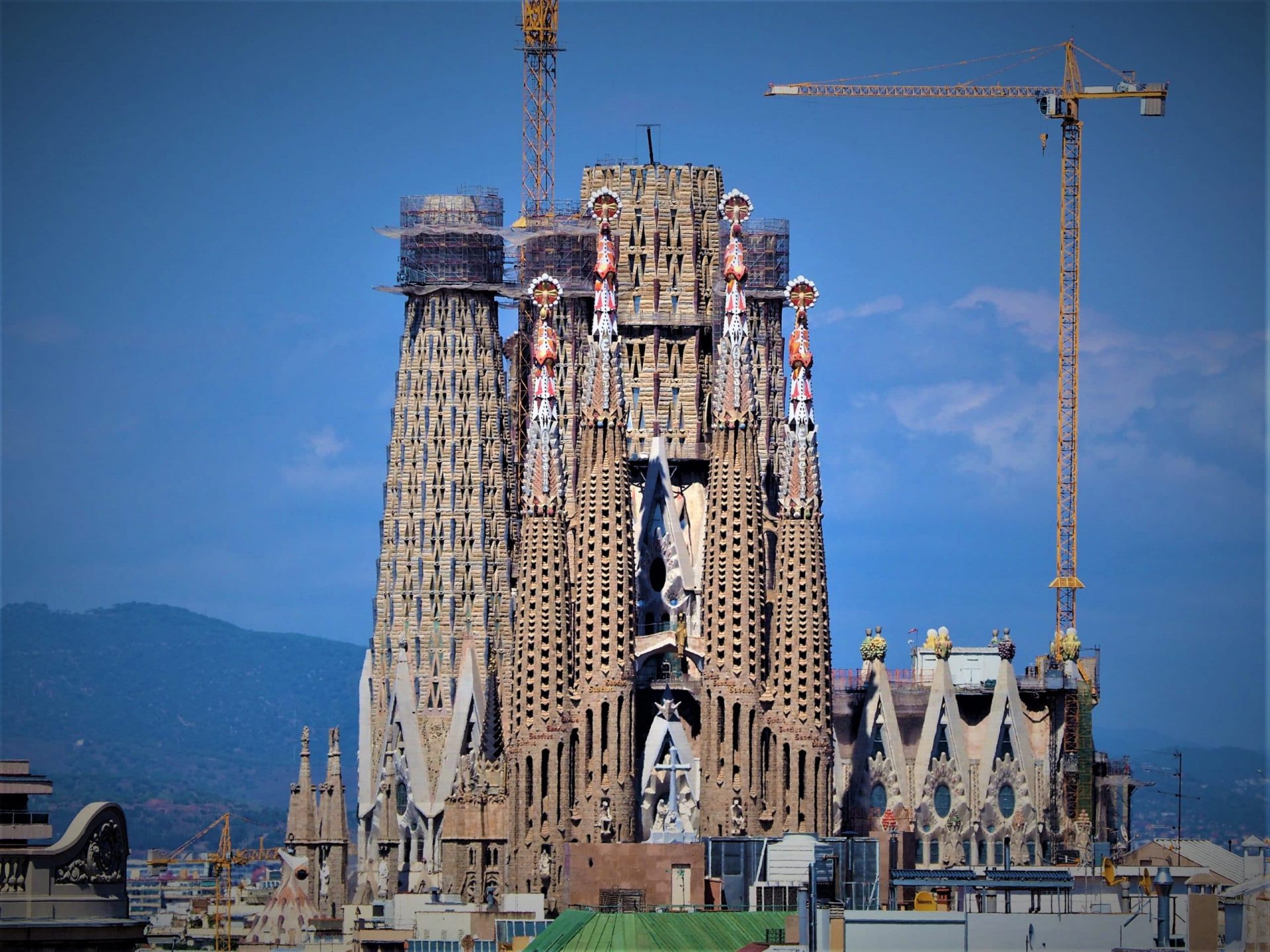
La Sagrada Familia (1882- ?).
This is the famous church still on construction. This monument must be on the top of your list, something you can’t miss because is the most original building in Barcelona and Antoni Gaudi’s masterpiece.
- How long inside? About 2h

Casa Vicens (1883 - 1885)
The first house designed by a young Antoni Gaudí and where he established the foundations of all his architectural work.
- How long inside? About 1h
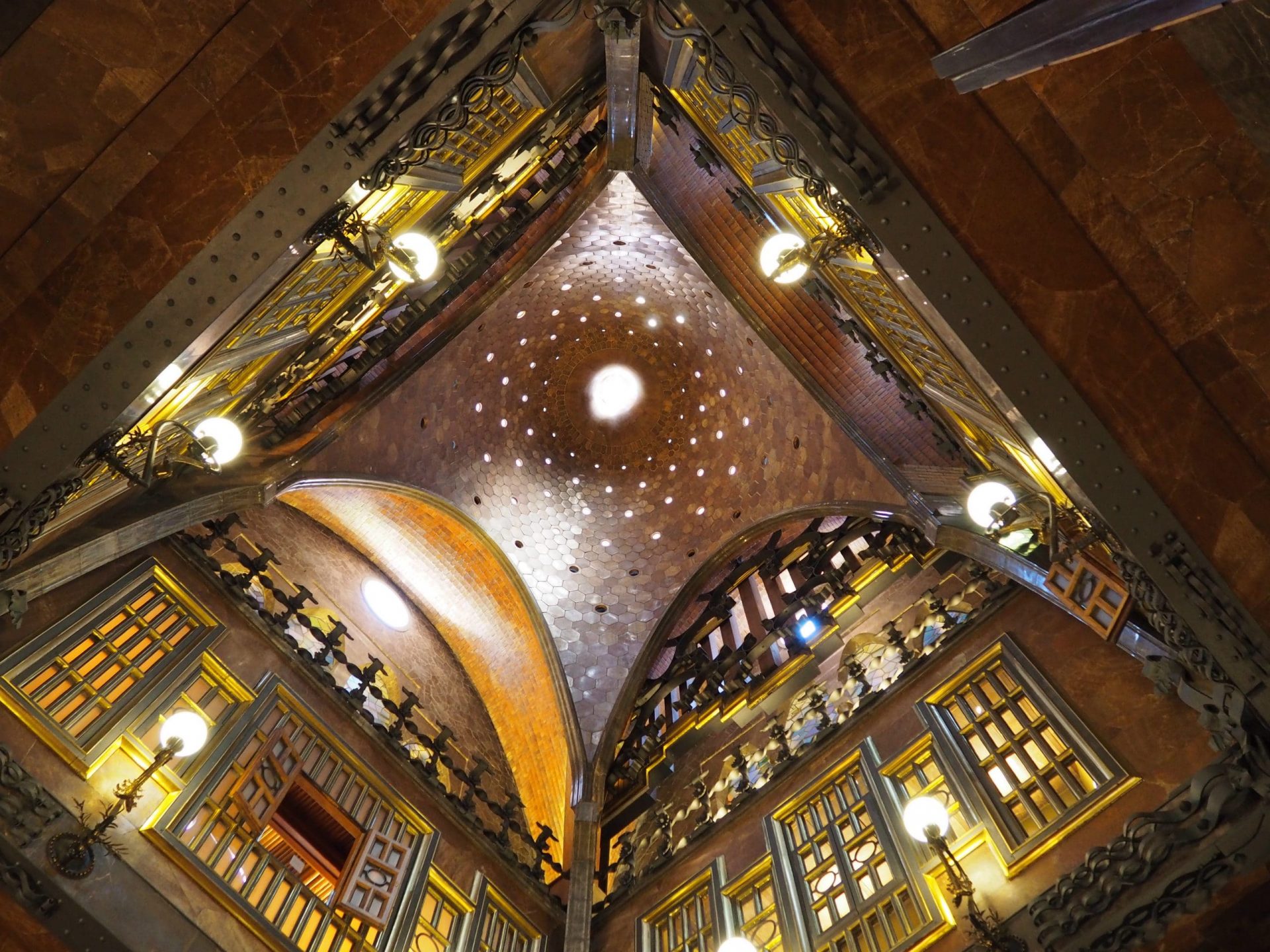
Palau Güell (1886-1890)
A luxury and functional palace with an innovative conception of light and space, built for his friend and art patron, Eusebi Güell, at the bottom of La Rambla.
- How long inside? About 2h

Church of Colònia Güell (1908-1914)
An unfinished church designed in an Industrial Village, still inhabited, on the outskirts of Barcelona. This crypt was the testing laboratory for the riskiest solutions that Antoni Gaudí applied in the Sagrada Familia. It also possible to walk and visit the village.
- How long inside? 1h
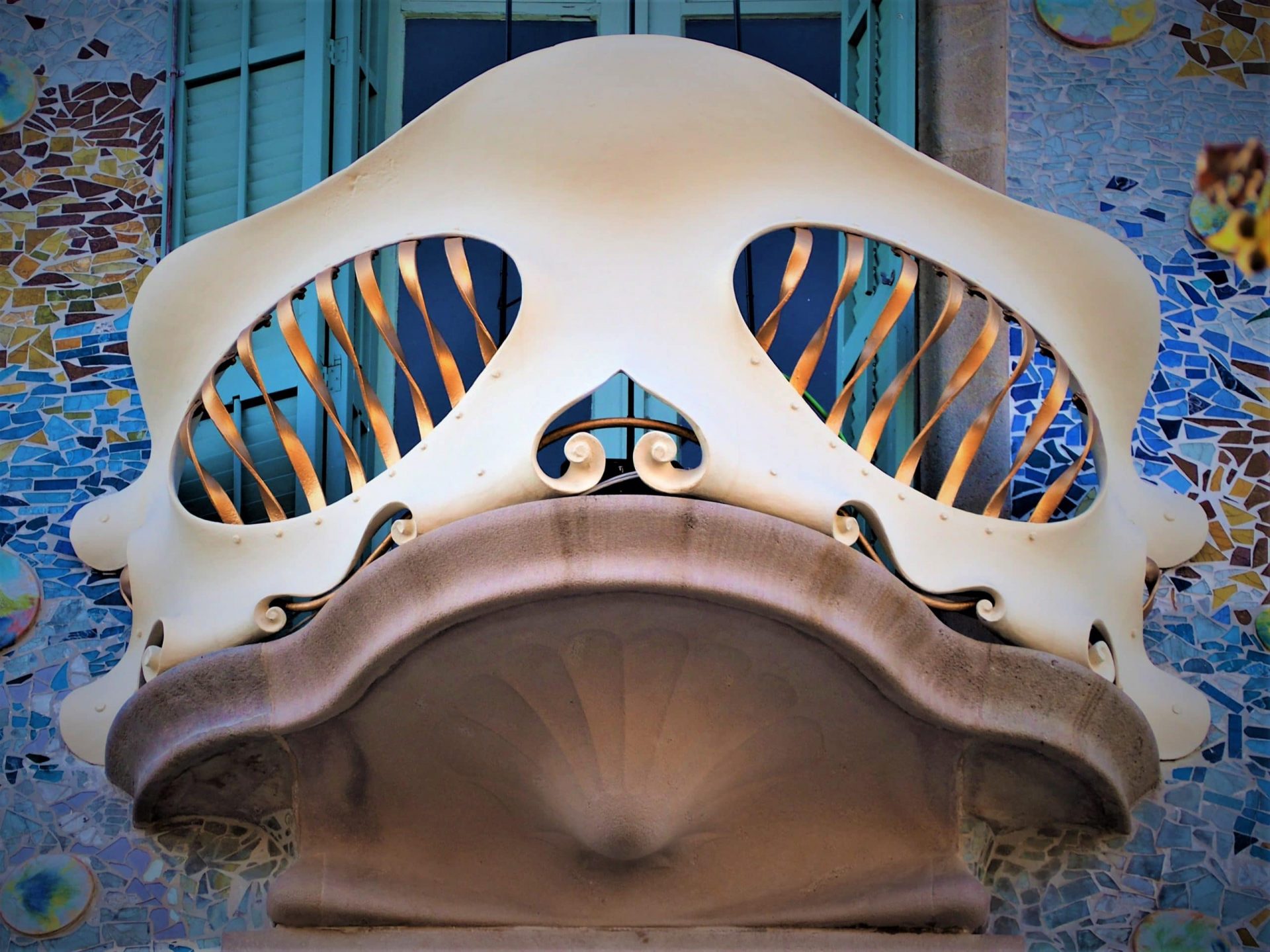
Casa Batlló (1904 - 1906)
Visiting this house, you will understand Gaudi’s mind, his philosophy and his most personal style. He was a very perfectionist architect and he took care of every single detail.
- How long inside? 1h
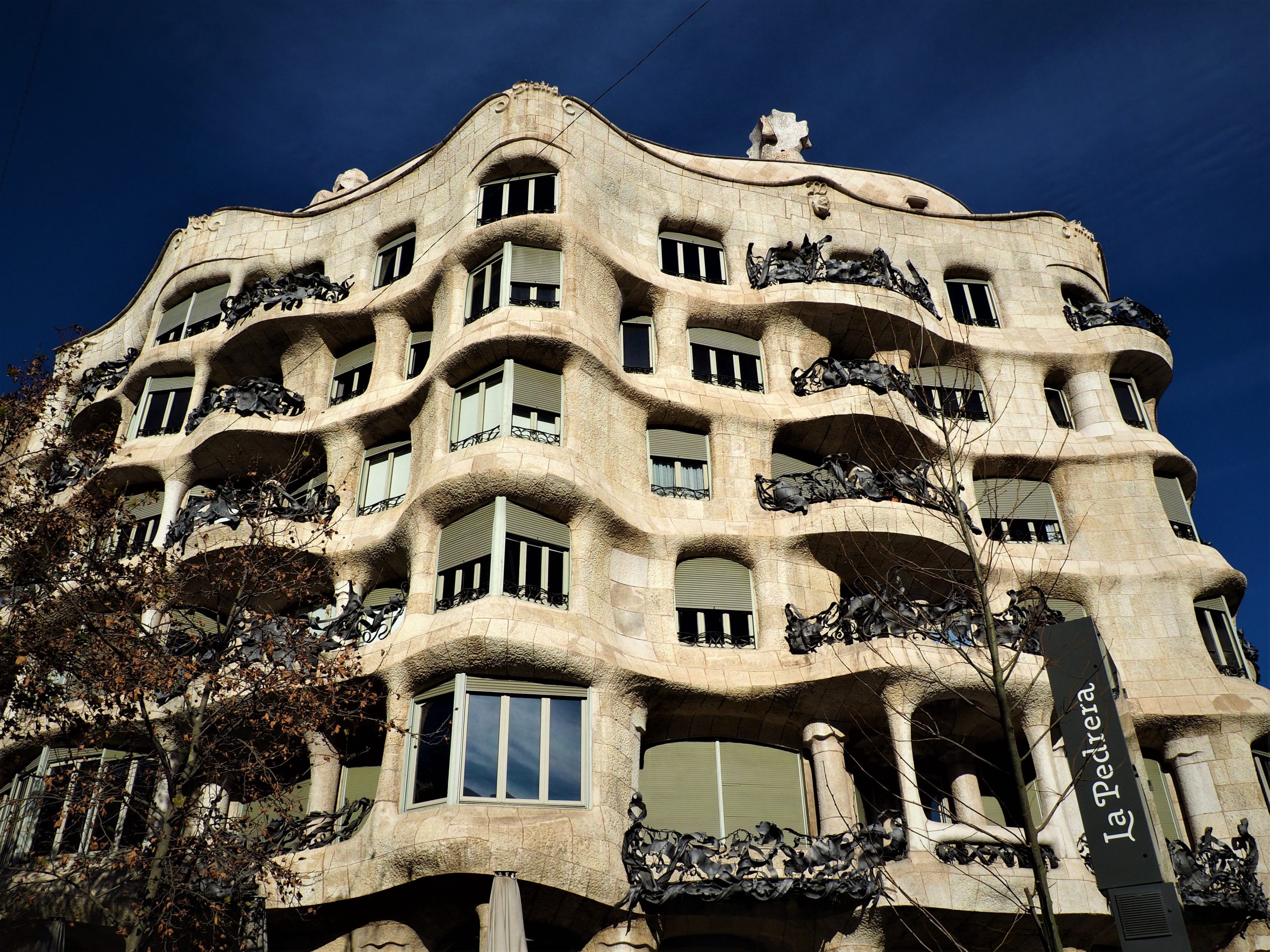
La Pedrera or Casa Milà (1906 - 1910)
The official name is “Casa Milà”, but everyone call it La Pedrera, which means the stone quarry. This house still looks modern, different, original. So, imagining how impressive was for the neighbor a century ago… Antoni gaudí was heavily criticized!
- How long inside? 2h
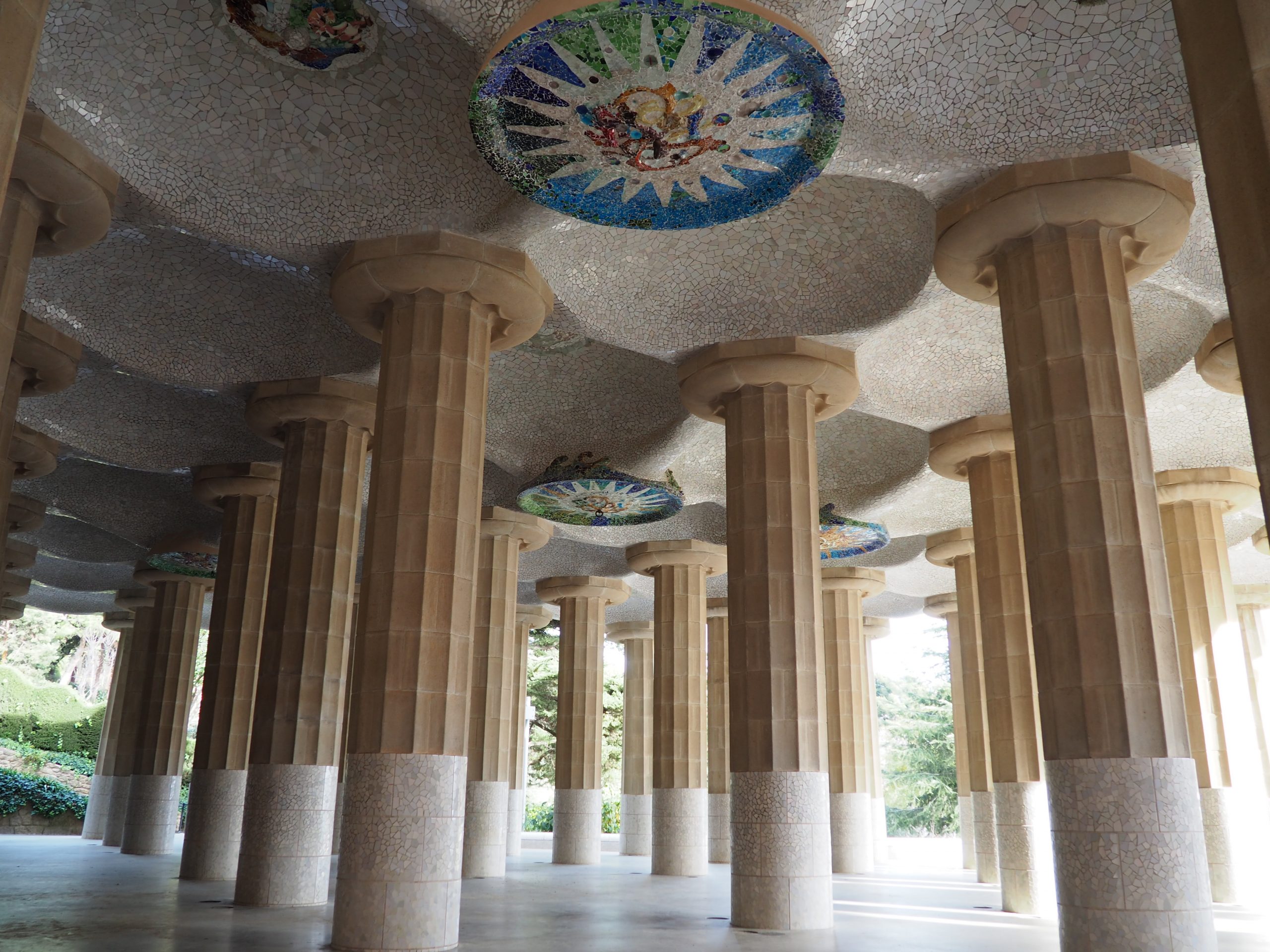
Park Güell (1900 - 1914)
A failed urban project that has been turned into a fairy-tale garden full of colors and mosaics with a beautiful view of Barcelona from the hills. Antoni Gaudí used to live here and his friend and patron Eusebi Güell, the owner, too.
- How long? 1h
FAQ’S
All my tours are accessible for people with walking issues or wheelchair.
Antoni Gaudí I Cornet.
All Gaudi’s buildings are in the center of Barcelona, except the crypt of the Colònia Güell which is about 20 minutes away by car. The Batlló house and La Pedrera are on the same avenue: Passeig de Gràcia.
Gaudí was a pioneer and a visionary. He is the most outstanding and recognized Catalan architect of all time. His style is very peculiar and visually appealing, which has made him a very popular artist. Gaudí’s architecture attracts by its packaging and fascinates when you deepen in his motivations and characteristics. His work leaves no one indifferent. Like an elaborate haute cuisine course, it enters through the eyes and tastes like glory. Gaudí is an experience for all the senses and all audiences. His works have many levels of interpretation and, impress the less knowledgeable in architecture as well as the more erudite. Seven of his works are among the most important monuments in the world according to UNESCO.
If you are only going to visit one of Gaudi’s houses and do not know which one to choose between Casa Batllo and La Pedrera, I give you my point of view to help you decide. Both are different and unique. If you have enough time, I encourage you to visit both.
At Casa Batlló you visit the main floor, where the owners lived. It is empty, but the inside is as spectacular as the exterior. You can also see the attic and the roof. It is smaller than La Pedrera, so sometimes is crowded. The style is a little more extravagant and fanciful, so it tends to please children. Besides, official guides we have a Tablet with augmented virtual reality to accompany the explanations.
La Pedrera is larger, the terrace is fantastic and has better panoramic views. In the attic, there is an exhibition about Gaudí’s work. On the top floor another exhibition that recreates an apartment of the time. In my opinion, the visit to La Pedrera is more detailed since, in addition to the building, you can visit two exhibitions and go deeper into Gaudi’s work and style.
Gaudí did not marry and had no children. When he passed away, he had no other relatives, so he left all his properties to the construction of the Sagrada Familia.
Gaudí died in 1926 due to an accident. He was hit by a streetcar when he was almost 74 years old. He died a few days after the accident in the Hospital de la Santa Creu, Barcelona. The funeral was multitudinous and, he was buried in the Crypt of the Sagrada Familia.
“Gaudí” is a Catalan surname pronounced /ˈɡaʊdi/. The accent on the “i” means that the last syllable sounds louder “gau- DÍ!”
The price of a tour is starting at 210€. The prices are for your total party, not per person. Entrance fees or other extra expenses (like food, drinks, or transport) are not included. Because each visit is customized contact me for a precise budget.

